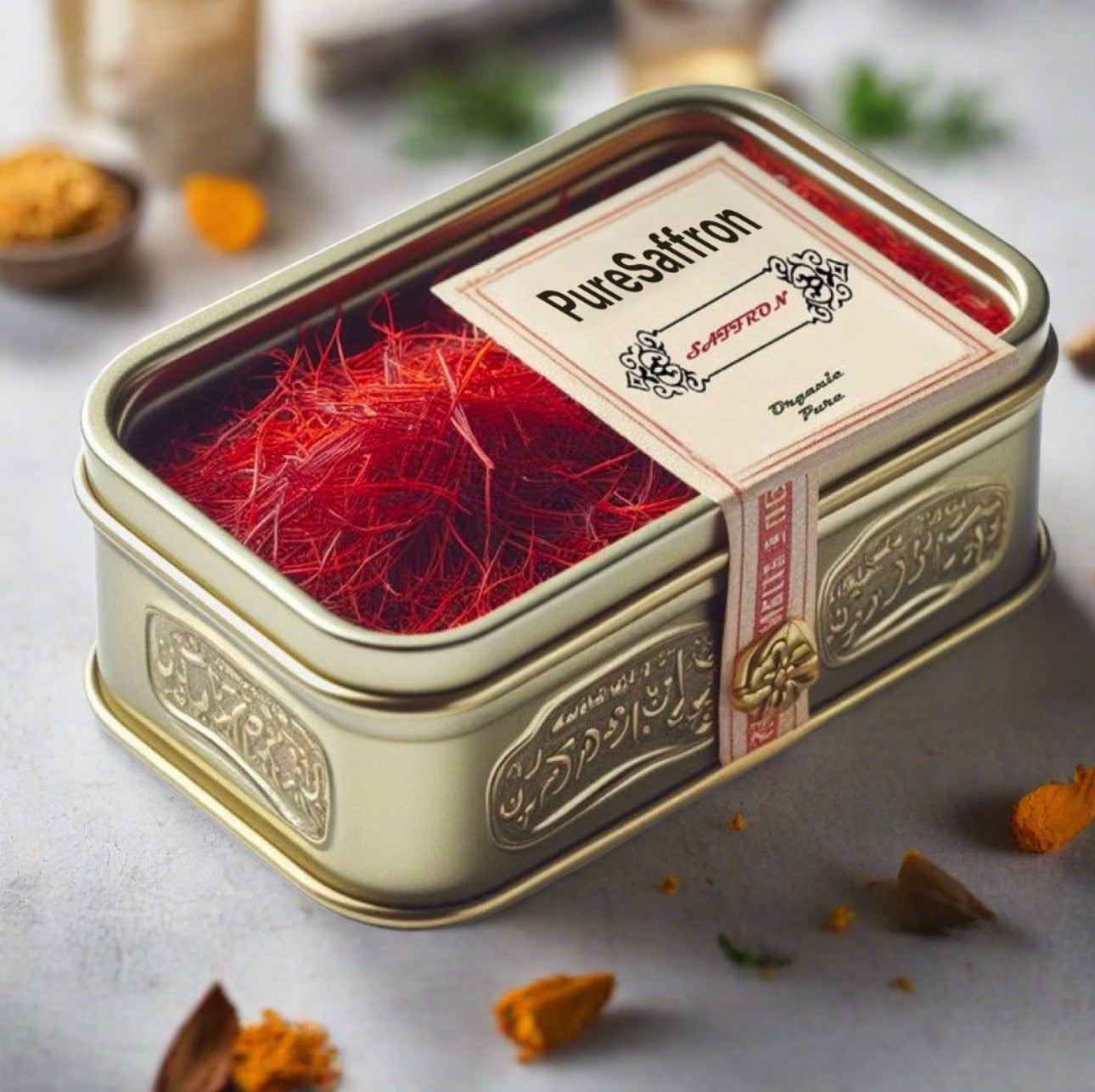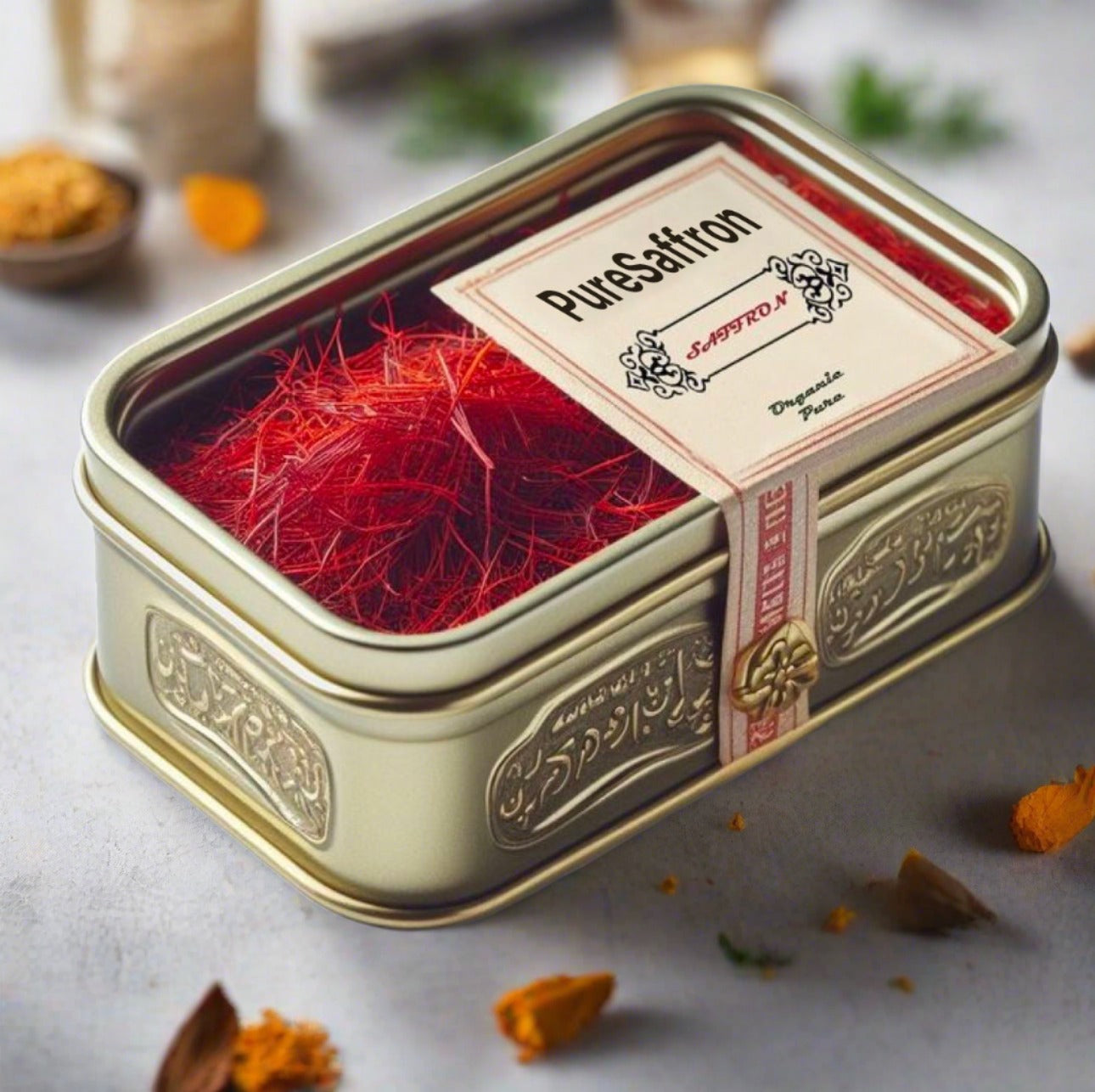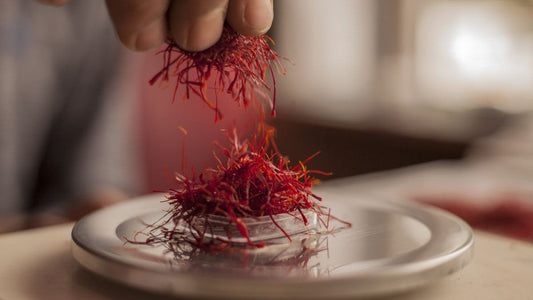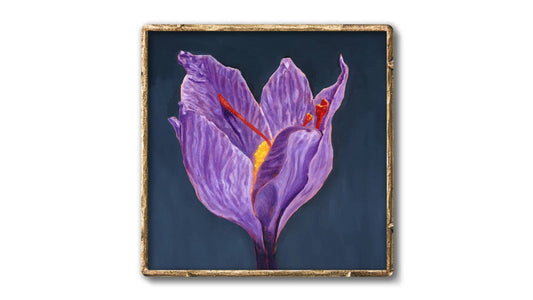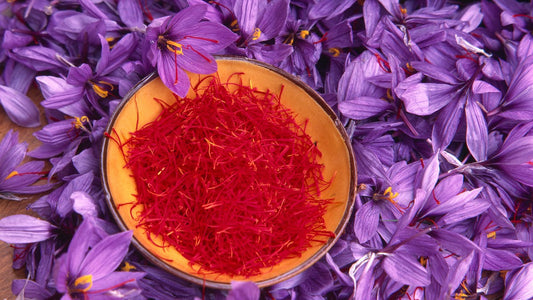The History and Origin of Saffron: A Journey Through Time
Ara OhanianShare
Saffron, often referred to as "red gold," is a spice that has been treasured for centuries. Its rich history, spanning across cultures and civilizations, is a testament to its enduring value and significance. This article delves into the fascinating journey of saffron, from its ancient origins to its modern-day uses, exploring how this remarkable spice has woven itself into the fabric of human history.
Ancient Beginnings: The Dawn of Saffron
The story of saffron begins in the Bronze Age, around 3,000 years ago. The earliest known references to saffron come from the Minoan civilization on the island of Crete. Frescoes discovered at the ancient site of Akrotiri depict saffron being harvested by women, indicating its use and cultural importance. These early illustrations highlight the meticulous process of collecting saffron stigmas, which remains largely unchanged to this day.
Saffron's journey continued through the ancient civilizations of Mesopotamia, Persia, and Egypt. It was prized not only as a spice but also for its medicinal properties. In ancient Persia, saffron was used as a dye, perfume, and even as an aphrodisiac. The Egyptians, on the other hand, valued saffron for its ability to treat gastrointestinal ailments and for its use in embalming their dead.
The Spread of Saffron: A Spice on the Move
As trade routes expanded, so did the reach of saffron. The spice found its way to Greece and Rome, where it was highly esteemed by the elite. The Greeks attributed saffron's vibrant hue and potent aroma to the gods, often using it in religious ceremonies and as a luxurious addition to their feasts. Hippocrates, the father of medicine, documented its therapeutic benefits, further cementing its reputation as a valuable medicinal herb.
During the Roman Empire, saffron's popularity soared. It became a symbol of wealth and status, adorning the garments of the elite and flavoring their culinary creations. The Romans also recognized saffron's medicinal potential, using it to alleviate a variety of ailments, from coughs to insomnia. Its demand grew so much that saffron cultivation spread across the Mediterranean, from Spain to Italy.
Saffron in the Middle Ages: A European Affair
The fall of the Roman Empire did little to diminish saffron's allure. In medieval Europe, saffron became a coveted commodity, often more valuable than gold. It was used to flavor and color food, as well as in the preparation of medicines and dyes. Monasteries played a crucial role in preserving saffron's legacy, cultivating the spice and documenting its uses.
Saffron's prominence during this period is perhaps best exemplified by the "Black Death" pandemic of the 14th century. As the plague ravaged Europe, saffron was in high demand for its supposed medicinal properties. Its scarcity led to soaring prices, and it became a target for counterfeiters. The “saffron war” in Basel, Switzerland, was a direct result of its value, highlighting the lengths to which people would go to secure this precious spice.
The Renaissance and Beyond: A Global Expansion
The Renaissance marked a period of renewed interest in the sciences and the arts, and saffron was no exception. Its use in culinary and medicinal practices flourished, with cookbooks and medical texts from the era often mentioning the spice. European explorers, driven by the quest for new trade routes and exotic goods, played a pivotal role in spreading saffron beyond the continent.
The advent of the Age of Exploration saw saffron making its way to the New World. Spanish conquistadors introduced saffron to Mexico, where it was adopted into local cuisine. Meanwhile, saffron cultivation expanded to regions such as India and Kashmir, where the climate and soil conditions proved ideal for its growth. These new frontiers helped establish saffron as a globally recognized and sought-after spice.
Modern Day: Saffron's Enduring Legacy
Today, saffron remains one of the most expensive and prized spices in the world. Its cultivation is primarily concentrated in regions like Iran, India, Spain, and Greece, each contributing to the unique qualities of their respective saffron varieties. Modern science has also validated many of the traditional uses of saffron, highlighting its antioxidant, anti-inflammatory, and antidepressant properties.
In the culinary world, saffron continues to be a favorite among chefs, adding a distinct flavor and color to dishes ranging from Spanish paella to Indian biryani. Its medicinal applications have also evolved, with saffron being studied for its potential in treating conditions like depression, Alzheimer's disease, and even cancer.
Conclusion: A Timeless Treasure
The history and origin of saffron is a journey through time, reflecting its enduring appeal and versatility. From ancient frescoes to modern scientific research, saffron has captivated human imagination and taste for millennia. Its rich legacy is a testament to its unparalleled value, making it a timeless treasure that continues to enrich our lives in myriad ways.
Whether in the kitchen, the pharmacy, or the annals of history, saffron's story is one of resilience and fascination. As we continue to explore and appreciate this remarkable spice, we honor the countless generations who have cultivated, traded, and cherished saffron, ensuring its place in our shared heritage.
FAQ: The History and Origin of Saffron
When did the use of saffron begin? Saffron's use began in the Bronze Age, around 3,000 years ago, with early references from the Minoan civilization on Crete.
How was saffron used in ancient Persia and Egypt? In Persia, saffron was used as a dye, perfume, and aphrodisiac. Egyptians used it for treating gastrointestinal issues and in embalming.
What role did saffron play in ancient Greece and Rome? Saffron was used in religious ceremonies, as a luxury spice, and for medicinal purposes, noted by figures like Hippocrates.
How did saffron's value change during the Middle Ages in Europe? Saffron became highly valuable, often more than gold, used in food, medicine, and dyes. Its scarcity during the Black Death led to high prices and instances of fraud.
How did saffron spread globally during the Renaissance and Age of Exploration? European explorers introduced saffron to the New World and other regions like India and Kashmir, where it thrived due to suitable conditions.
What are some modern uses of saffron? Today, saffron is used in culinary dishes, such as Spanish paella and Indian biryani, and is studied for its health benefits, including potential treatments for depression and Alzheimer's.
Where is saffron primarily cultivated today? Major saffron cultivation areas include Iran, India, Spain, and Greece, each producing unique varieties.
Why is saffron often referred to as "red gold"? Saffron is called "red gold" due to its high value, labor-intensive harvesting process, and extensive historical significance.
What are some traditional and modern medicinal uses of saffron? Traditionally, saffron was used for gastrointestinal issues and respiratory conditions. Modern research explores its benefits for depression, anti-inflammatory properties, and potential cancer treatments.
